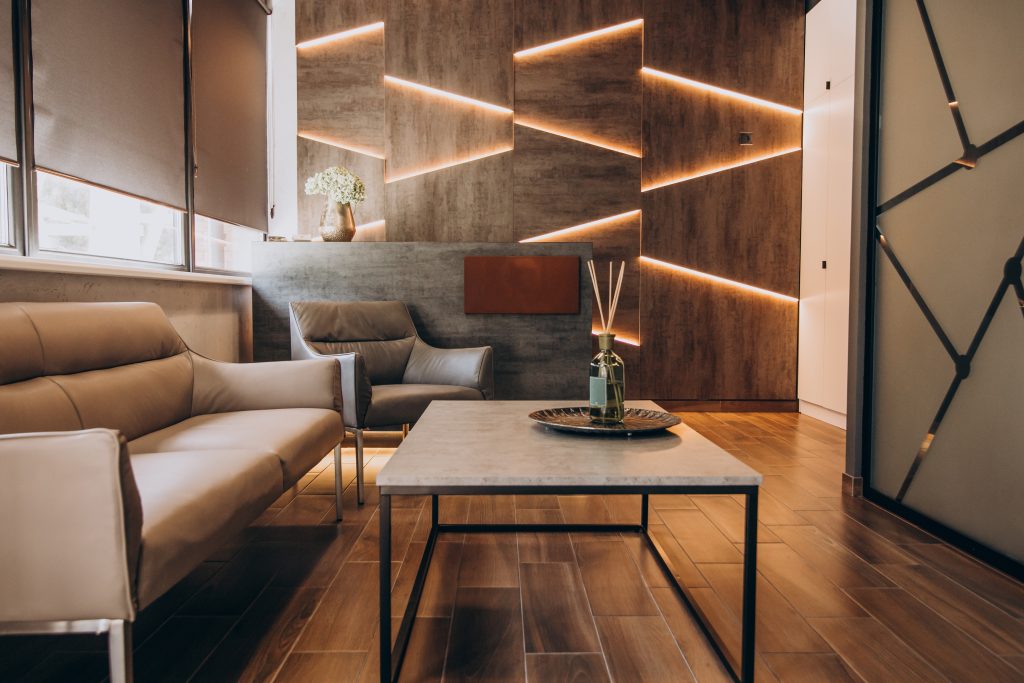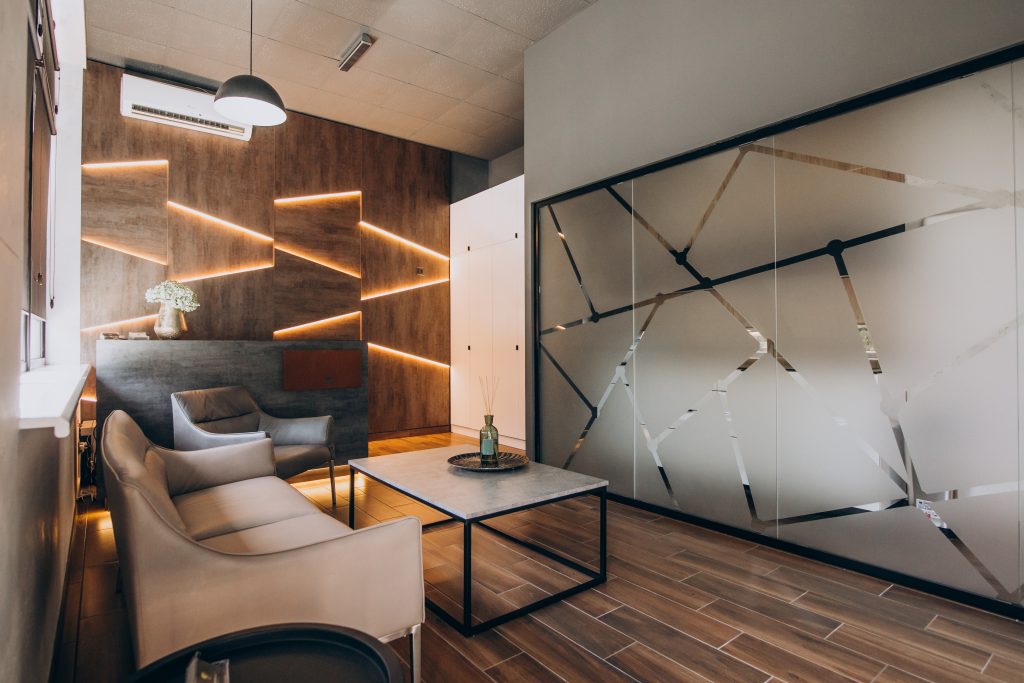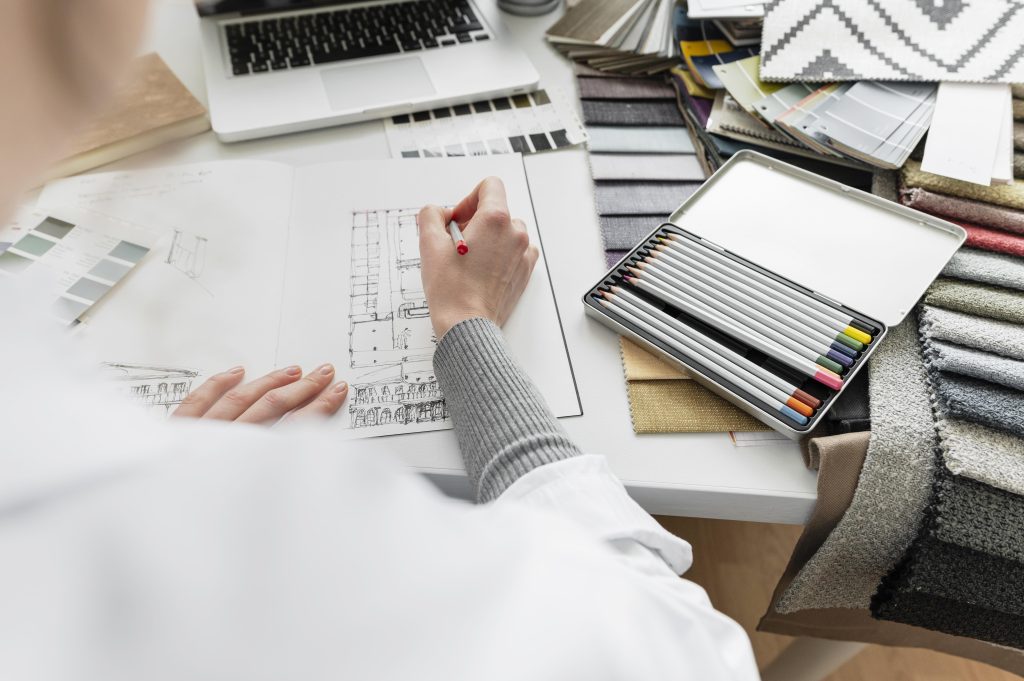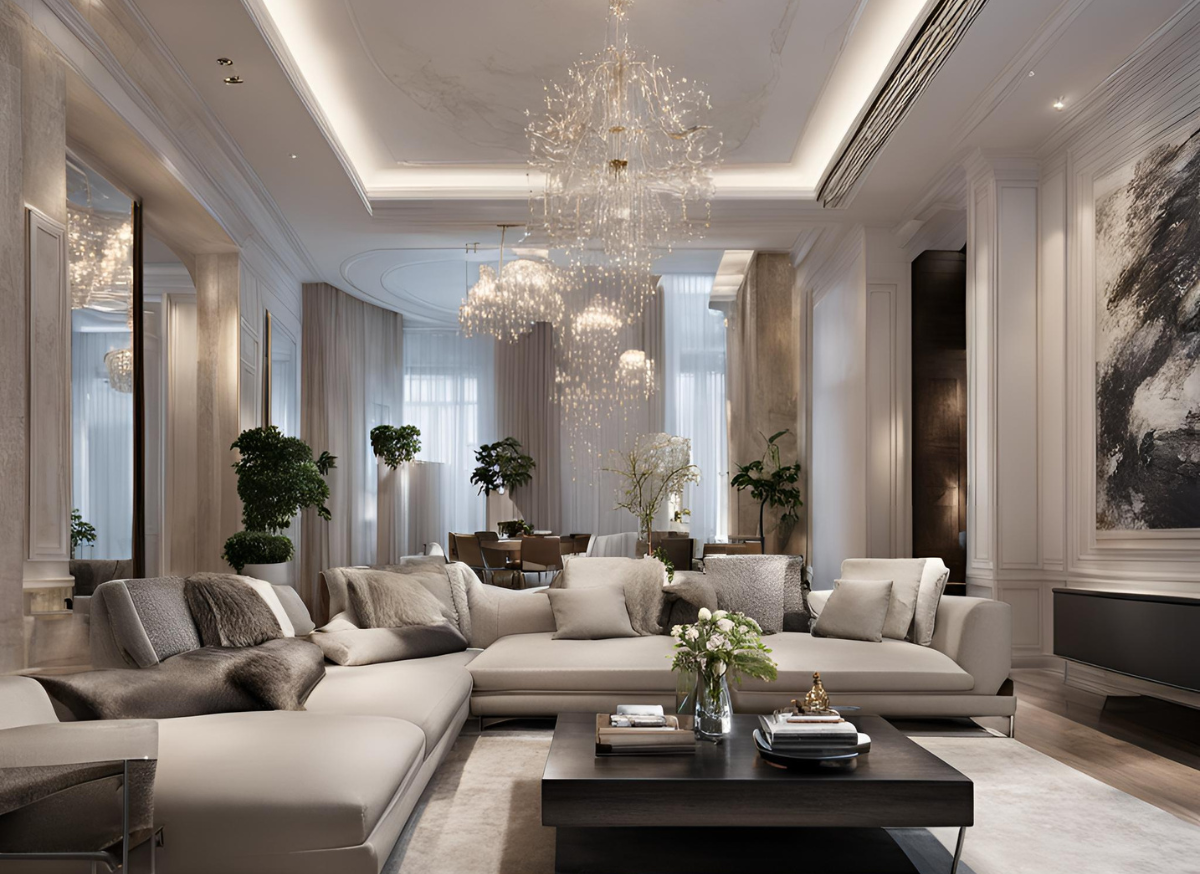In the world of design, balancing aesthetics and manufacturability is an ambitious goal. This article explores how these two fundamental aspects can be reconciled to create products that not only catch the eye but are also feasible to produce.
Understanding the needs
The first step in achieving design harmony is to understand the needs of the end user and the production process. A design must visually appeal to the user, but at the same time, it must be functional and feasible within production constraints. Materials, production methods, and cost constraints are all factors that influence the manufacturability of a design. A deep understanding of these elements is essential to create a roadmap that guides toward a design that is both aesthetically pleasing and manufacturable.


Design principles
Design principles such as balance, contrast, and harmony are crucial to creating an attractive aesthetic. Simplicity, in particular, can improve manufacturability. Minimizing the number of components can reduce complexity and production costs, allowing for a design that clearly communicates its message or function in an elegant way without complicating the production process.
Material choices
The choice of materials has a significant impact on aesthetics and manufacturability. It is important to select materials that are not only pleasing to the eye but also compatible with manufacturing processes. Evaluating durability, weight, cost, and material interaction is critical. Sometimes, less conventional materials can offer an innovative appearance and remain practical for manufacturing.

Prototyping Iterations
Prototyping is a crucial step in balancing the visual appearance with the manufacturability of a design. Creating several iterations of a prototype helps test and refine both aesthetics and manufacturability, identifying and solving problems before final production. This process can save valuable time and resources.
Feedback
Incorporating feedback loops into the design process is vital. Obtaining input from both users and manufacturing professionals can provide valuable insights into aesthetics and possible manufacturing issues. A collaborative approach ensures that the final design is optimized in terms of both beauty and practicality.
In conclusion, reconciling aesthetics and manufacturability in design requires a holistic approach that considers user needs, design principles, material choices, prototyping, and feedback. With these elements in mind, designers can create products that are not only beautiful to look at but also manufacturable, ensuring success both in the marketplace and in production.

